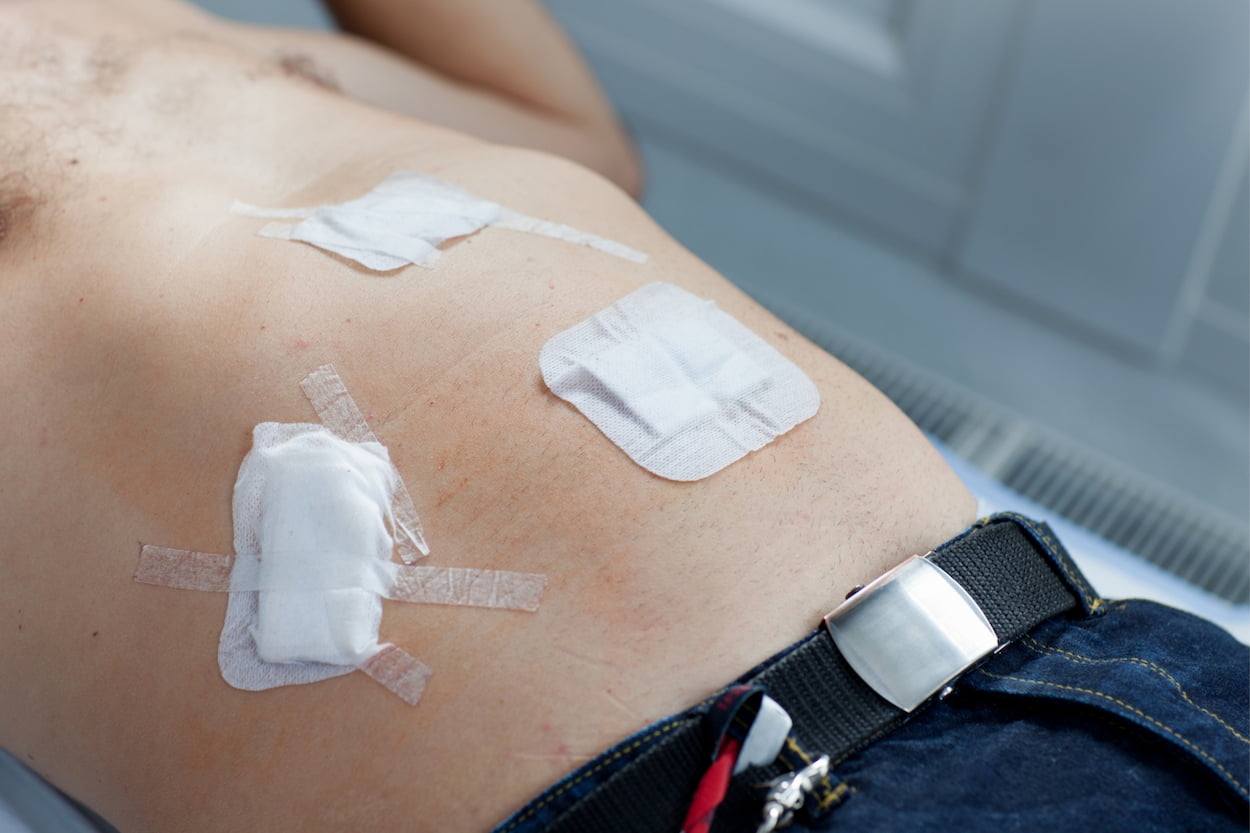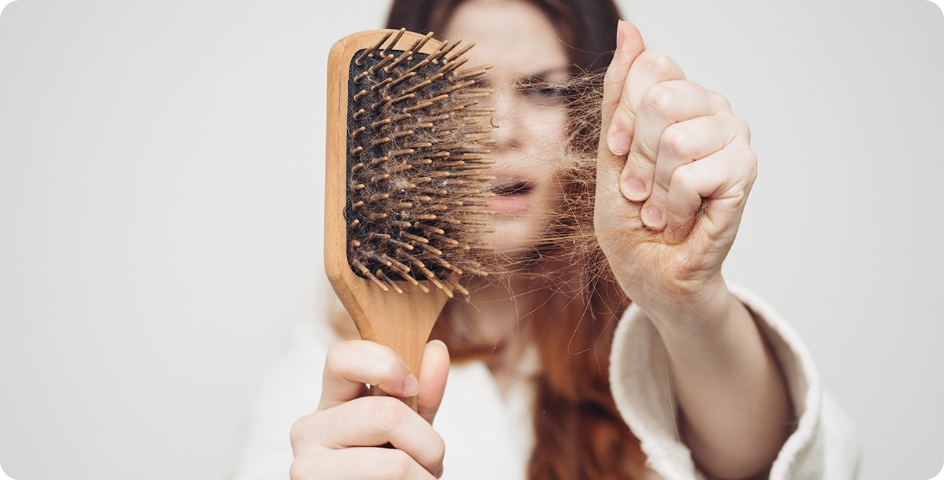
Diet After Laparoscopic Procedure
Surgical operations can result in anxiety among a lot of people. So, knowing what to eat and what not to eat after the laparoscopic procedure calms the patients. Today, laparoscopic surgery is the most preferred treatment for gallbladder stones, hernias, and anti-reflux hysterectomy. Moreover, patients also carry out surgery for weight loss. In laparoscopic surgery, the expert doctor uses a small incision to carry out the surgery in the abdominal area.
The expert doctor inserts a video camera with high-resolution known as a laparoscope through a single incision. The camera helps the surgeons look inside the body while they move tools inside the abdomen.
After laparoscopy surgery, your body needs enough calories and nutrients to recover from the procedure fully. Eating the right foods after the laparoscopy procedure can decrease the risk of infection, speed the healing of the incision and increase strength and energy. The best postoperative foods to eat are packed full of vitamins and minerals.
Change Your Diet After Laparoscopy Procedure
After the laparoscopy procedure, if you are experiencing an upset stomach, try bland, low-fat food such as plain rice, broiled chicken, toast, or yogurt. Drink plenty of fluids so that your urine is light yellow or clear like water, to prevent dehydration in the body. Only consume water and other caffeine-free clear liquids for the duration of your recovery.
If you have heart, kidney, or liver disease, talk with an expert doctor before you increase the number of fluids you drink. Your bowel movements may not be regular right after laparoscopy surgery, and this is a very common occurrence. Try taking a fiber supplement every day, or if you have not had a bowel movement after a couple of days, ask a specialist doctor if you can take a mild laxative. Planning of diet after a laparoscopic procedure leads to positive changes in the life of patients.

Liquid Diet After Laparoscopy Procedure
Foods that are simple to digest are ideal following a laparoscopy. However, more detailed instructions may be given to you by your doctor before going home. The first day of your diet will typically consist of just clear liquids. After the laparoscopy, apple, grape, and cranberry juices, in addition to ice pops and plain gelatin, are all appropriate beverages during this time.
Be cautious and take note of any stomach pain as you begin. An ideal way to keep from getting overly full is to drink in intervals of 2 to 4 ounces. The clear liquid diet after laparoscopy is simple to follow. This method will help you stay hydrated. However, a clear liquid diet lacks the protein, vitamins, and minerals you need to feel your best.
Foods to Avoid After Laparoscopy
Generally, you try removing fatty, grease, processed, spicy, and sugary food from your diet after your laparoscopy is removed because bile fluids have a laxative effect that can cause nausea, bloating loose stools, and severe belly pain. You should avoid processed foods. These contain canned, frozen, packaged, baked, or nutritionally fortified foods high in sugar and unhealthy fats. You should avoid or limit eating bakery products, pizzas, fries, potato chips, sugary cereals, processed white bread, and all food that is cooked with hydrogenated oil until you completely recover.
You should be careful when including dairy products in your diet plan. Dairy products are a great source of calcium and vitamin D. However when dairy products are taken in excess, they can upset your digestion, particularly after your laparoscopy procedure. Therefore, limit whole milk, full-fat yogurt, full-fat cheese, butter, whipped cream, ice cream, creamy sauces and soups, and dressings in your diet. However, again, you can improve your digestion by eating low-fat curd or yogurt containing probiotics.
When creating a diet after laparoscopic gastric bypass surgery in Turkiye be careful to be selective about caffeinated and alcoholic beverages. You may wish to space out the use of coffee, chocolate, alcohol, energy drinks, soda, and coffee-flavored desserts in your new diet plan to avoid caffeine’s irritating influence.
An Enriched Diet with Vitamins and Minerals
Perhaps the most important nutrients in after the laparoscopy procedure diet are vitamins and minerals. Vitamin A is found in orange and dark green veggies like carrots, sweet potatoes, kale, and spinach. Moreover, vitamin C is found in citrus fruits, berries, potatoes, tomatoes, melons, and sweet bell peppers. This help with wound healing.
Vitamin D is found in milk, fish, eggs, and fortified cereals. This type of vitamin promotes bone health. Vitamin E is found in vegetable oils, nuts, beef liver, milk, and eggs. Vitamin E protects the body from free radicals. Vitamin K is found in green leafy veggies, fish, liver, and vegetable oils. After any laparoscopic procedure, this is necessary for blood clotting.
Zinc is found in meat, seafood, dairy, and beans, and iron is found in meat and poultry, beans, apricots, eggs, whole grains, and iron-fortified cereals. They are also helpful for wound healing and energy following laparoscopy procedures. In addition to eating foods that are rich in fiber, protein, healthy fats, carbohydrates, vitamins, and minerals, you must stay hydrated after the procedure.
Proper hydration is not only necessary for healing. Drinking plenty of fluids is essential to help your body absorb medications after a laparoscopy procedure. Be sure to drink at least eight glasses of water every day after the operation to stay hydrated.
The foods you should and should not eat can vary depending on the type of procedure and any medications you may be on. Be sure to talk with your doctor about your specific post-operation dietary requirements.
Prefer Deeply Colored Fruits
The stress of the laparoscopy procedures and the drugs used during the procedure generate an increased oxidative load on the body or free-radical production. While your body uses antioxidants to reduce or eliminate these harmful molecules, the requirements are significantly higher after the procedure.
Increase your antioxidant intake after laparoscopy surgery by eating deeply colored fruits like blueberries, strawberries, raspberries, blackberries, cherries, and pomegranates. These fruits include anthocyanidins, compounds that not only enhance the effects of vitamin C but also improve capillary integrity and stabilize the collagen matrix.
Prevent Constipation with Fibrous Foods
Before returning to a regular diet plan, you should try eating soft foods. These foods should be smooth in their consistency. Puree can be made out of soft meals. One of the best choices is to have cooked, minced and tender meat, lightly flavored cheese, peanut butter, cooked vegetables, soft and boiled potatoes, poultry, and non-citrus canned fruit. Avoid gas-producing foods after the laparoscopy procedure.
Some foods can help prevent or treat constipation, while other foods can make it more likely to occur. Try to avoid constipation-inducing foods until you have gone back to having regular, soft, bowel movements after the laparoscopy surgery. Pain medications, anesthetic agents, alterations to diet, dehydration, stress, and reduced physical activity after the operation can work against your body’s normal route of elimination.
Aside from drinking plenty of water and liquid, popping a few prunes each day will help get things moving along. Prunes are a rich food of both soluble and insoluble fiber, which softens and adds bulk to stool. Other foods that are high in a fiber involve beans & legumes, apples, pears, bran flakes, oatmeal, and flaxseed meal. The inclusion of fibrous foods in the diet after laparoscopy helps the regular functioning of the intestinal tract. You can also try to have medical check ups in Turkiye.
The Study of Diet After Laparoscopy Procedure
Recent research conducted at a renowned medical institution examined the impact of post-laparoscopy diets on patient recovery. The study followed a group of individuals who underwent various laparoscopic procedures, ranging from gallbladder surgery to anti-reflux hysterectomy. The findings indicated that following a diet rich in vitamins, minerals, and antioxidants, including deeply colored fruits like berries and cherries, helped expedite the healing process and reduced post-operative complications. Furthermore, the study highlighted the importance of staying well-hydrated and consuming fiber-rich foods to prevent constipation, which can be a common issue after laparoscopic surgery.
Transit to Regular Diet after the Laparoscopy Procedure
If the digestive system has returned to its normal stage of functioning the people can return to their regular diet. Depending on the type of laparoscopy the person has undergone, he or she may go through only one or all of the three dietary phases. For instance, after a woman has undergone a laparoscopy procedure for endometriosis, she will usually have a light liquid diet the first day after the procedure. On the second day returns to her normal diet. Procedures that contain the repair of the digestive tract may require the consumption of easy-to-digest foods for a longer time. This condition causes the creation of new diets after the laparoscopy procedure.
Take small bites and avoid high-fat foods to reduce the complications of transitioning to a healthy diet. Some medications prescribed for reducing abdominal pain can cause constipation. Drinking enough fluids to keep bowel movement smooth helps. Following the expert physician’s diet orders strictly after a laparoscopic procedure assures faster healing of the wound.
Conclusion
Sticking to a diet ideal for the medical condition is an essential aspect of recovering well. That does not mean that one has to remove other food items. This means that one needs to choose foods hand-picked for their needs at that point.
The human body is God’s most amazing creation and everyone is different. Similarly, patients’ medical needs differ from person to person. Therefore, at Healthy Türkiye consult your surgeon regarding the best course of action for your healing. Ask them about precautions regarding exercise and diet after the laparoscopy procedure. Go for an executive check-up in Türkiye to control your recovery. We wish you a healthy and quick recovery process.



